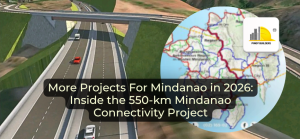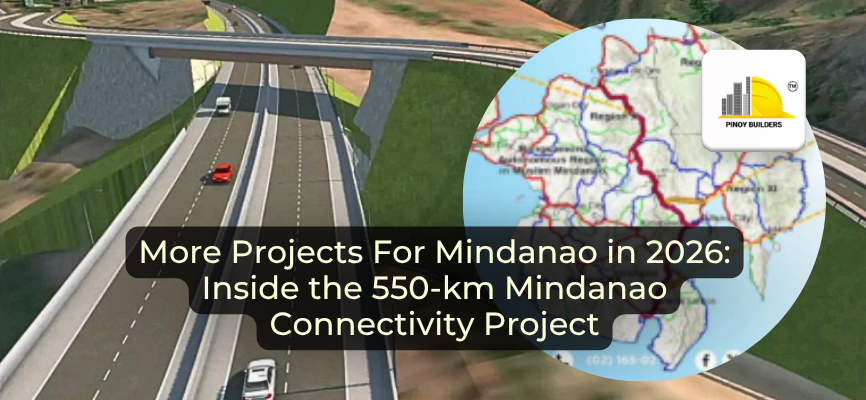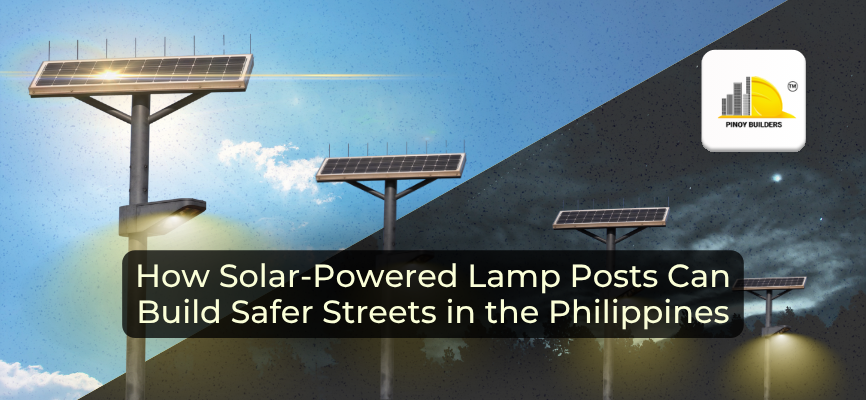In the world of highways and roadworks, times are changing for the better. Smart road technology is a godsend to the industry, where the main goal is improving road safety and modernizing road utility. Several smart road concepts are eager to create a world that promotes general driver security, like road technology that focuses on improving nighttime visibility. Other roads promise increased cognizance of better road conditions and improved energy consumption of street lights.
As wonderful as these efforts are, the chances of immediate implementation in the Philippines may be slim, but definitely not impossible. Time will tell if these technologies will eventually become the international standard in the future, but for now, let’s get familiar with these interesting infrastructure advancements.
Progressive Concrete Technology
Many would underestimate concrete as a simple, stagnant staple in infrastructure, but those working in the construction industry know better. For the past two decades, alternatives to Portland cement have been popping up left and right, each offering features that are far more useful and can offer unique situational advantages. These alternatives go from being reliable and flexible to having temperature-adapting attributes. Examples include self-healing concrete and electronically heated concrete.
Electric Charging Roads
Electric cars are on the rise in several countries. They are eco-friendly and do not run on gas, which leaves owners looking for designated charging stations to recharge their vehicles- something that can be daunting during long highway trips. Fortunately, one of the current trends in the industry is finding more ways to provide more advantages to electric car users. Several companies abroad have opted to fund electric roadways that charges moving e-vehicles. But much like charging stations, the only downsides is that it is, internationally, a rarity. The number of electric charging roads will likely increase as more drivers choose to adopt electric vehicles in the future.
Highway Lights
Highways are hard to manage given their length and their susceptibility to high traffic. But at night, things are much worse. Drivers know that nighttime visibility outside of bright cities is extremely limited. They depend on street lights and headlights for traversing through dark areas. Thankfully, more and more innovative solutions are coming up to help with this issue. Wind-powered lights are the first ones to launch, a concept where the energy used for the lights are powered by the wind, and generated by passing cars. An alternative to this is what is called Sensor Lights, which focuses on saving energy by turning on streetlights only if they sense an automobile in the vicinity. Meanwhile, people are also trying out the feasibility of glowing road markings which can aid drivers during their night rides.
Integrated Roadways
Recently, smart pavement concepts are going through market tests to see if such an approach is viable for long-term use. Basically, these smart roads collect vehicle data that informs data centers if an area is experiencing roadside anomalies- like traffic jams, accidents, or climate-caused aberrations. These information will then be passed onto authorities and emergency responders. The concept is not without criticism, however, as skeptics wonder if the technology would pose privacy concerns in the long run, given that the data collection involves acknowledging car models, as well as implementation costs. Given the safety advantages that smart pavements bring to the table, such concerns are believed by the concept supporters to be reasonable enough to dissipate such worries.
Solar Roads
Solar roads are something of an oddity to those interested in infrastructure progress. For one, putting solar roads to work is a noble venture, but it is far from perfect. Its advantages are understandable: Harnessing the power of the sun, storing it, and using it to power street lights or melting off snow on the road. It is an interesting concept, but putting it to work is risky and expensive. Test runs showed its ineffectiveness in terms of solar dependability and roadside durability. The approach is impressive on paper, but with all the disadvantages it has, it is an idea that may see the light of day in the very distant future, most likely when more stable advancements in solar energy is made.
Smart road technologies ensure the safety of drivers around the world, and it is something everyone should be optimistic about. It is easy to overlook news of how roads are constantly progressing every year, but no one should underestimate how much smart roads will make a difference if they ever become the norm.
![]()










